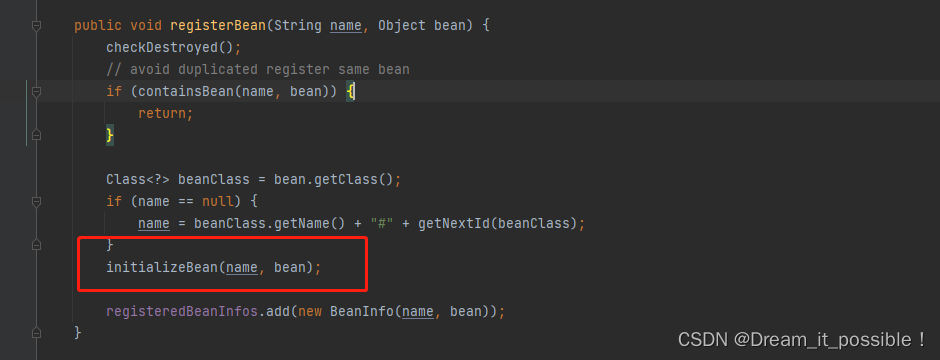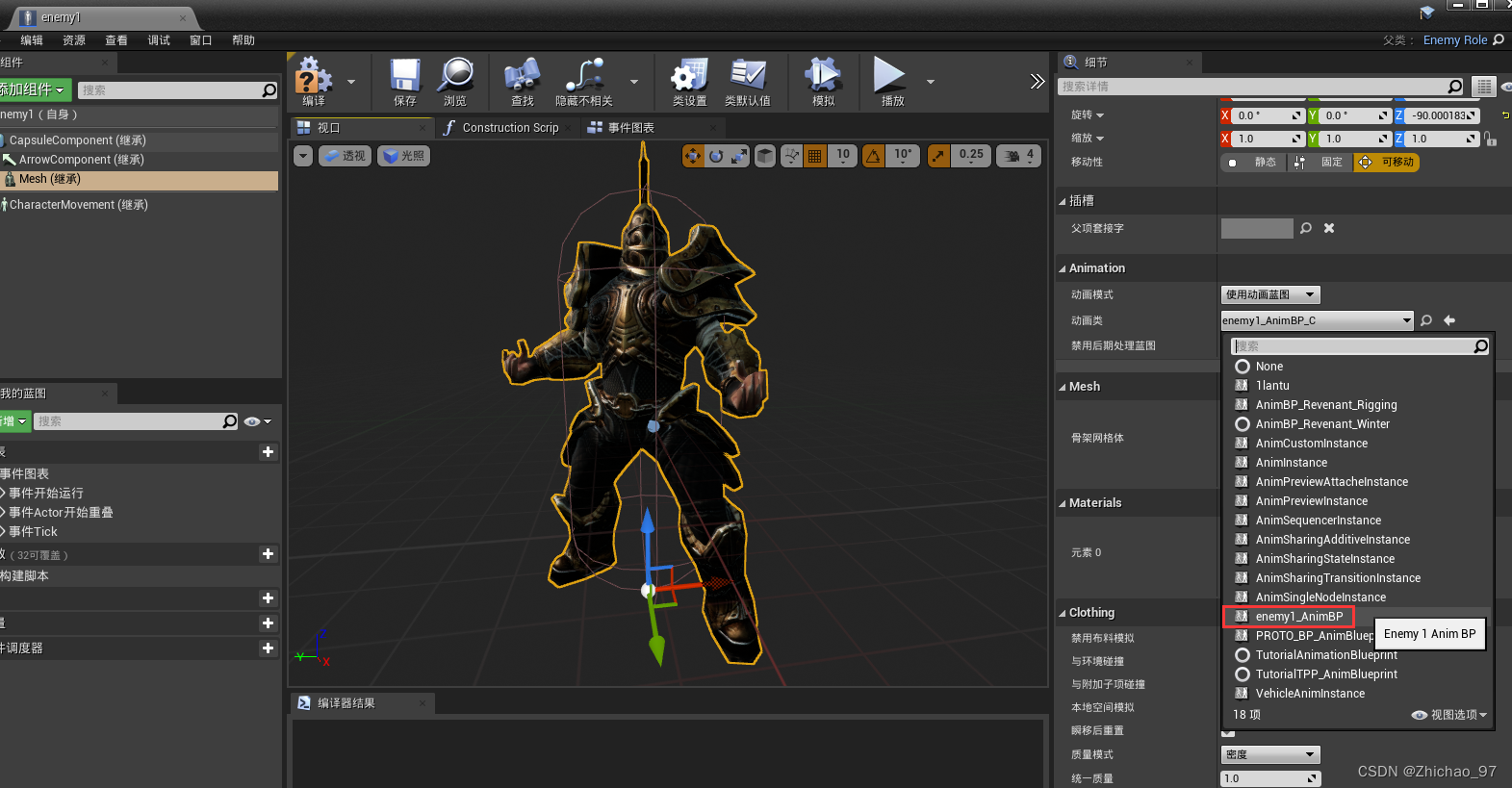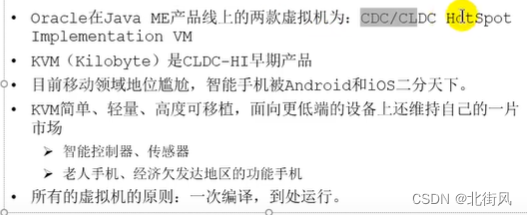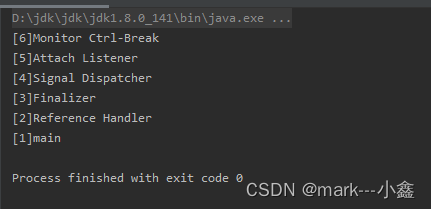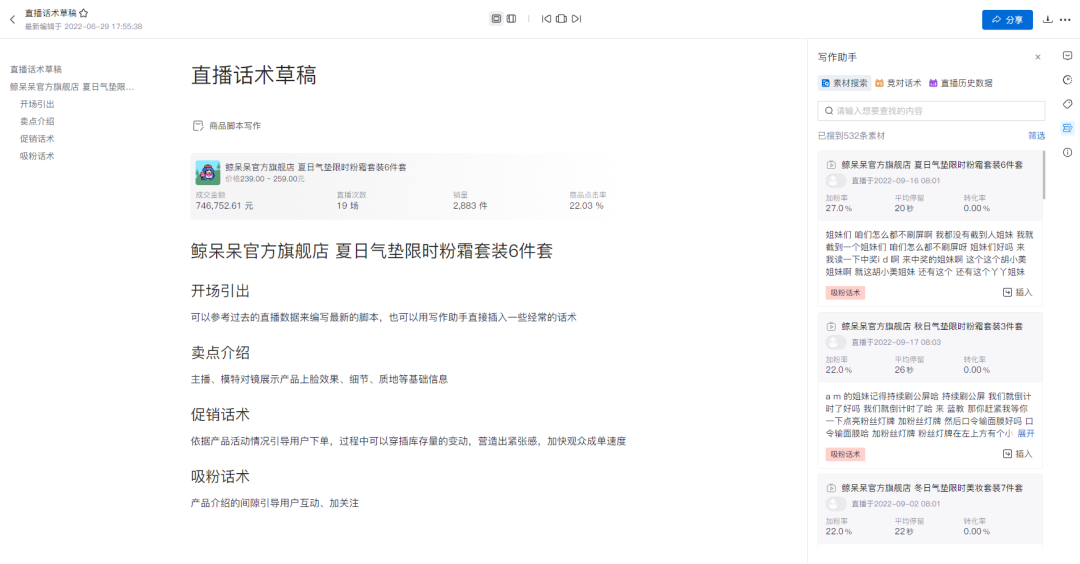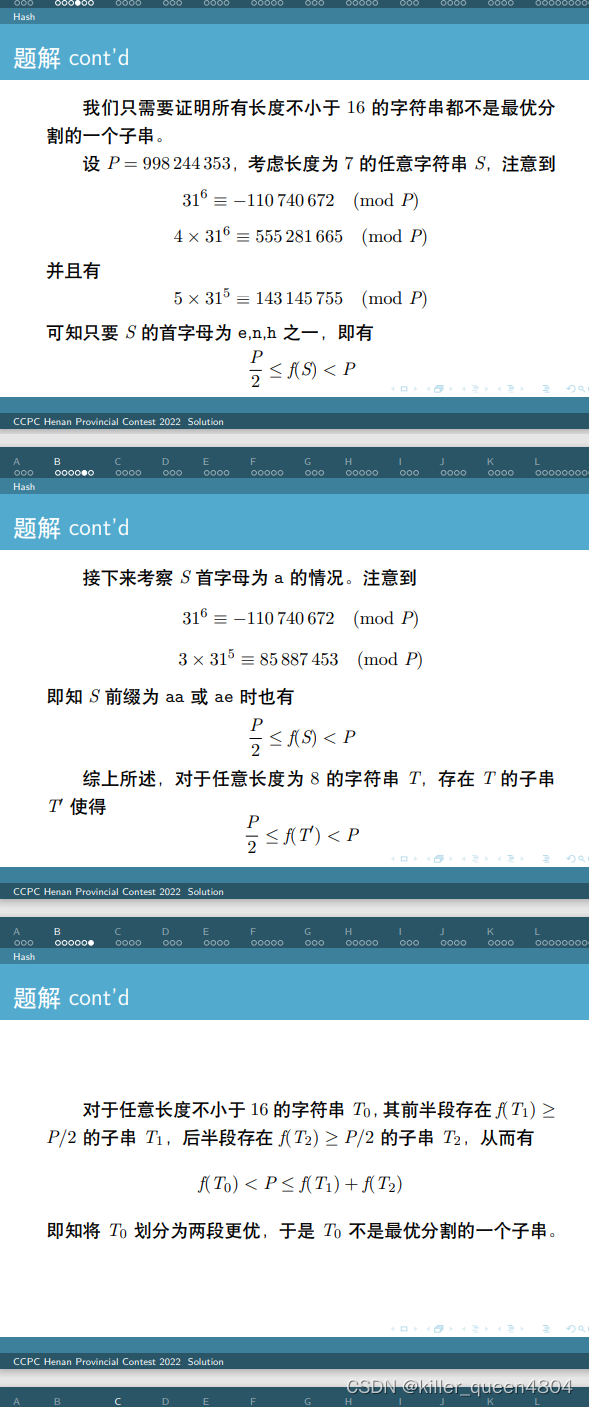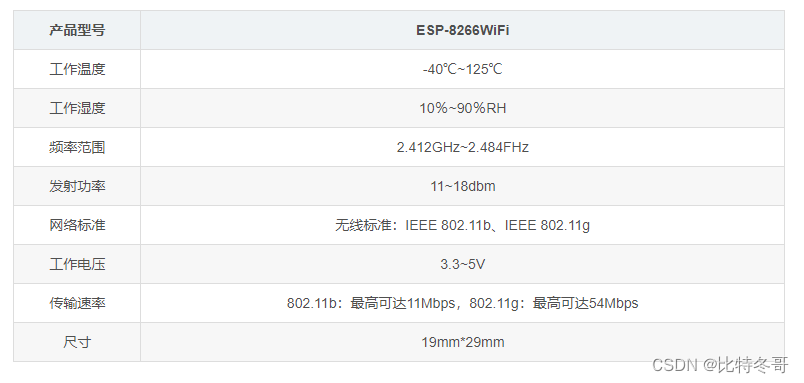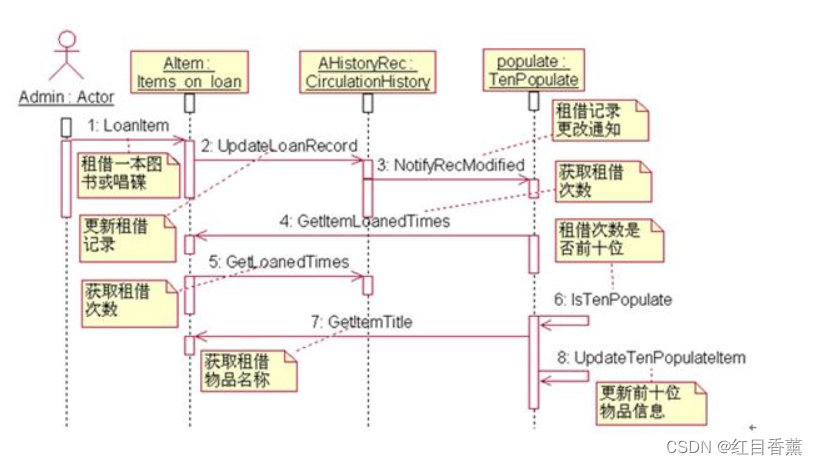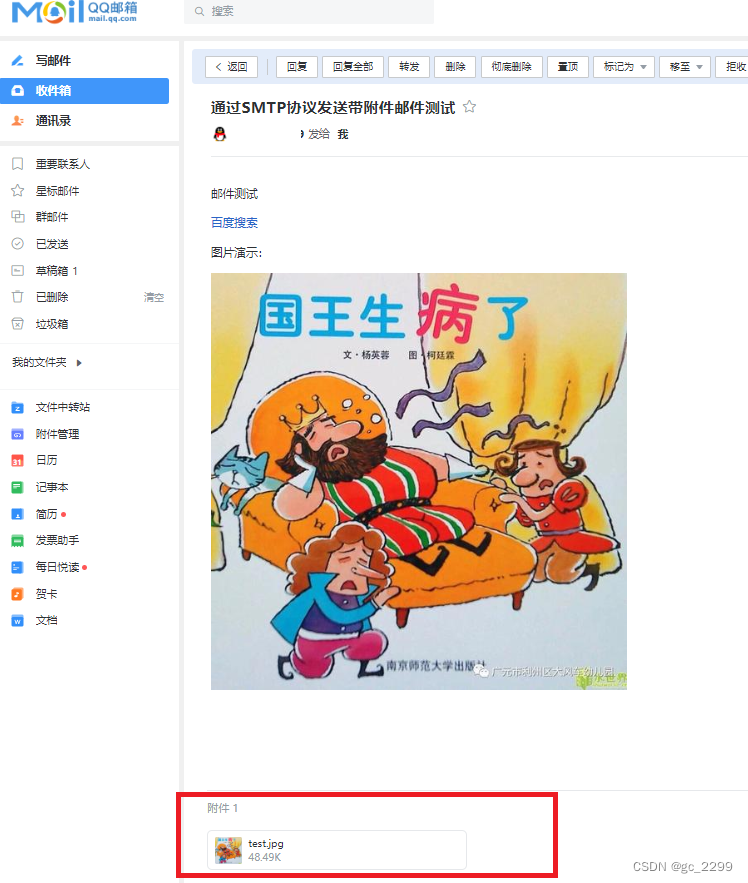文章目录
- 一、ArrayList继承体系
- 二、ArrayList属性
- 三、构造方法
- 1、ArrayList(int initialCapacity)
- 2、ArrayList()
- 3、ArrayList(Collection<? extends E> c)
- 四、ArrayList 相关操作方法
- 1、add(E e)
- 2、add(int index, E element)
- 3、addAll(Collection<? extends E> c)
- 4、get(int index)
- 5、remove(int index)
- 6、remove(Object o)
一、ArrayList继承体系
ArrayList又称动态数组,底层是基于数组实现的List,与数组的区别在于,它具备动态扩展能力,从源码看一看ArrayList继承了哪些类?实现了哪些类?
public class ArrayList<E> extends AbstractList<E>
implements List<E>, RandomAccess, Cloneable, java.io.Serializable
{
可以看出,ArrayList实现了List、RandomAccess、Cloneable、Serializable
- 实现List,具备基本的遍历、删除、添加等操作
- 实现RandomAccess,支持快速随机访问
- 实现Cloneable,支持对象被克隆
- 实现Serializable,支持被序列化
继承体系图:
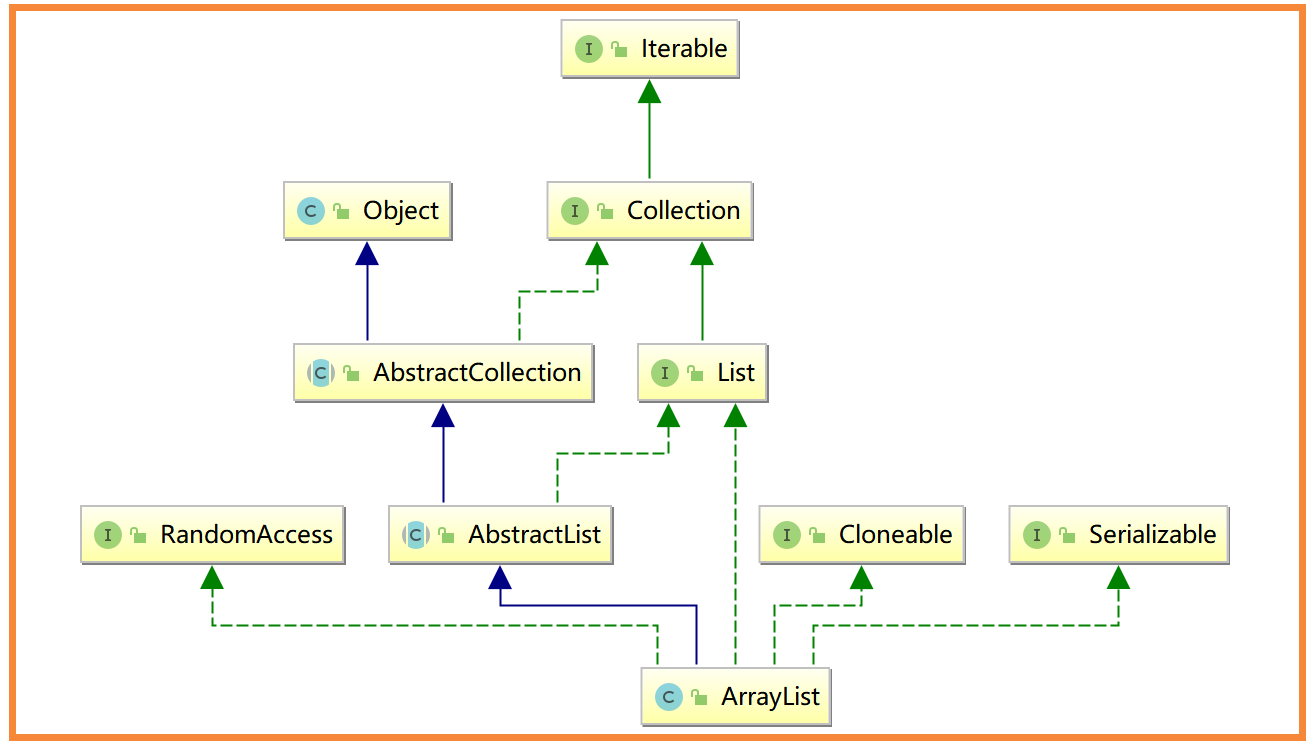
二、ArrayList属性
private static final int DEFAULT_CAPACITY = 10;
private static final Object[] EMPTY_ELEMENTDATA = {};
private static final Object[] DEFAULTCAPACITY_EMPTY_ELEMENTDATA = {};
transient Object[] elementData;
private int size;
- DEFAULT_CAPACITY:集合的默认容量,默认为10,通过new ArrayList()空参构造器创建实例时的默认容量是10。
- EMPTY_ELEMENTDATA:空数组,通过new ArrayList(0)创建List集合实例时用的是这个空数组。
- DEFAULTCAPACITY_EMPTY_ELEMENTDATA:默认容量空数组,这种是通过new ArrayList()无参构造方法创建集合时用的是这个空数组,与EMPTY_ELEMENTDATA的区别是在添加第一个元素时使用这个空数组的会初始化为DEFAULT_CAPACITY(10)个元素。
- elementData:存储数据元素的数组,使用transient修饰,该字段不被序列化。
- size:存储数据元素的个数,elementData数组的长度并不是存储数据元素的个数。
三、构造方法
1、ArrayList(int initialCapacity)
/**
* Constructs an empty list with the specified initial capacity.
* 构造具有指定初始容量的空数组
* @param initialCapacity the initial capacity of the list
* 参数initialCapacity是初始容量
* @throws IllegalArgumentException if the specified initial capacity
* is negative
* 如果初始容量不合法,则抛出异常
*/
public ArrayList(int initialCapacity) {
if (initialCapacity > 0) {
this.elementData = new Object[initialCapacity];
} else if (initialCapacity == 0) {
//这就是EMPTY_ELEMENTDATA
this.elementData = EMPTY_ELEMENTDATA;
} else {
throw new IllegalArgumentException("Illegal Capacity: "+
initialCapacity);
}
}
2、ArrayList()
/**
* Constructs an empty list with an initial capacity of ten.
*/
public ArrayList() {
//这就是DEFAULTCAPACITY_EMPTY_ELEMENTDATA
this.elementData = DEFAULTCAPACITY_EMPTY_ELEMENTDATA;
}
3、ArrayList(Collection<? extends E> c)
/**
* 构造一个含有具体元素集合的list,按照集合迭代的顺序返回
* Constructs a list containing the elements of the specified
* collection, in the order they are returned by the collection's
* iterator.
* //参数c的元素放入list中
* @param c the collection whose elements are to be placed into this list
* //如果指定的集合为null,则抛出空指针异常
* @throws NullPointerException if the specified collection is null
*/
public ArrayList(Collection<? extends E> c) {
// 把c转化为数组
elementData = c.toArray();
if ((size = elementData.length) != 0) {
// 如果elementData类型不是Object
if (elementData.getClass() != Object[].class)
//则重新拷贝为Object类型
elementData = Arrays.copyOf(elementData, size, Object[].class);
} else {
// 用空数组代替
this.elementData = EMPTY_ELEMENTDATA;
}
}
四、ArrayList 相关操作方法
1、add(E e)
添加元素到末尾,平均时间复杂度为 O ( 1 ) O(1) O(1)
/**
//添加指定元素到list的末尾
* Appends the specified element to the end of this list.
* //元素e被添加到list
* @param e element to be appended to this list
* @return <tt>true</tt> (as specified by {@link Collection#add})
*/
public boolean add(E e) {
//检查是否需要扩容,minCapacity = (size + 1)
ensureCapacityInternal(size + 1); // Increments modCount!!
//把元素插入到最后一位
elementData[size++] = e;
return true;
}
//检查是否需要扩容的方法
private void ensureCapacityInternal(int minCapacity) {
ensureExplicitCapacity(calculateCapacity(elementData, minCapacity));
}
//计算最小容量的方法
private static int calculateCapacity(Object[] elementData, int minCapacity) {
// 如果list={}
if (elementData == DEFAULTCAPACITY_EMPTY_ELEMENTDATA) {
// 返回最大的一方,DEFAULT_CAPACITY的值为10
return Math.max(DEFAULT_CAPACITY, minCapacity);
}
return minCapacity;
}
//
private void ensureExplicitCapacity(int minCapacity) {
//记录被修改的次数
modCount++;
// 当存储长度大于现有的长度时,需要扩容
if (minCapacity - elementData.length > 0)
grow(minCapacity);//扩容
}
/**
*增加容量,确保它可以容纳至少最小容量参数指定的元素数
* Increases the capacity to ensure that it can hold at least the
* number of elements specified by the minimum capacity argument.
* // minCapacity 是最小容量
* @param minCapacity the desired minimum capacity
*/
private void grow(int minCapacity) {
// 先计算现有的长度
int oldCapacity = elementData.length;
// 扩容1.5倍
int newCapacity = oldCapacity + (oldCapacity >> 1);
// 如果新容量发现比需要的容量还小,则以需要的容量为准
if (newCapacity - minCapacity < 0)
newCapacity = minCapacity;
//如果新容量已经超过最大容量了,则使用最大容量(Integer.MAX_VALUE - 8)
if (newCapacity - MAX_ARRAY_SIZE > 0)
newCapacity = hugeCapacity(minCapacity);
// 以新容量拷贝出来一个新数组
elementData = Arrays.copyOf(elementData, newCapacity);
}
//使用最大的容量
private static int hugeCapacity(int minCapacity) {
if (minCapacity < 0) // overflow
throw new OutOfMemoryError();
return (minCapacity > MAX_ARRAY_SIZE) ?
Integer.MAX_VALUE :
MAX_ARRAY_SIZE;
}
最后来分析一下执行流程:
- 检查是否需要扩容;
- 如果elementData等于DEFAULTCAPACITY_EMPTY_ELEMENTDATA(即为{})则初始化容量大小为DEFAULT_CAPACITY(10);
- 新容量是老容量的1.5倍(oldCapacity + (oldCapacity >> 1)),如果加了这么多容量发现比需要的容量还小,则以需要的容量为准;
- 创建新容量的数组并把老数组按顺序依次拷贝到新数组中;
2、add(int index, E element)
添加元素到指定位置,平均时间复杂度为 O ( n ) O(n) O(n)
/**
* 在list的指定位置插入指定元素,移动当前位于该位置的元素(如果有的话)和
右边的任何后续元素(向它们的索引添加1)
* Inserts the specified element at the specified position in this
* list. Shifts the element currently at that position (if any) and
* any subsequent elements to the right (adds one to their indices).
* //index为插入指定元素的索引
* @param index index at which the specified element is to be inserted
* @param element element to be inserted
* @throws IndexOutOfBoundsException {@inheritDoc}
*/
public void add(int index, E element) {
//检查是否越界
rangeCheckForAdd(index);
//检查是否需要扩容
ensureCapacityInternal(size + 1); // Increments modCount!!
//这个方法就是在index位置空出来,index后的元素向后移动
System.arraycopy(elementData, index, elementData, index + 1,
size - index);
//在index位置插入element
elementData[index] = element;
size++;
}
private void rangeCheckForAdd(int index) {
if (index > size || index < 0)
throw new IndexOutOfBoundsException(outOfBoundsMsg(index));
}
来看看它的执行流程执行流程:
- 先检查索引是否越界;
- 然后检查是否需要扩容;
- 把插入索引位置后的元素都往后挪一位;
- 最后在插入索引位置放置插入的元素;
- 元素数量增1;
3、addAll(Collection<? extends E> c)
/**
* 在list末尾增加collection集合的所有元素
* Appends all of the elements in the specified collection to the end of
* this list, in the order that they are returned by the
* specified collection's Iterator. The behavior of this operation is
* undefined if the specified collection is modified while the operation
* is in progress. (This implies that the behavior of this call is
* undefined if the specified collection is this list, and this
* list is nonempty.)
*
* @param c collection containing elements to be added to this list
* @return <tt>true</tt> if this list changed as a result of the call
* @throws NullPointerException if the specified collection is null
*/
public boolean addAll(Collection<? extends E> c) {
Object[] a = c.toArray();
int numNew = a.length;
ensureCapacityInternal(size + numNew); // Increments modCount
System.arraycopy(a, 0, elementData, size, numNew);
size += numNew;
return numNew != 0;
}
执行流程:
- 将c转换为数组;
- 检查minCapacity = (size + numNew)是否需要扩容;
- 把数组a中的元素拷贝到elementData的尾部;
- size +=numNew
4、get(int index)
获取指定索引位置的元素,时间复杂度为 O ( 1 ) O(1) O(1)。
/**
* 返回list中指定位置的元素
* Returns the element at the specified position in this list.
*
* @param index index of the element to return
* @return the element at the specified position in this list
* @throws IndexOutOfBoundsException {@inheritDoc}
*/
public E get(int index) {
//检查是否数组下标越界
rangeCheck(index);
return elementData(index);
}
private void rangeCheck(int index) {
if (index >= size)
throw new IndexOutOfBoundsException(outOfBoundsMsg(index));
}
//返回数组index的值
@SuppressWarnings("unchecked")
E elementData(int index) {
return (E) elementData[index];
}
执行流程:检查数组下标是否越界,不越界则返回对应数组下标值。
5、remove(int index)
删除指定索引位置的元素,时间复杂度为 O ( n ) O(n) O(n)。
/**
* Removes the element at the specified position in this list.
* 将所有后续元素向左移动(从它们的索引中减去1)
* Shifts any subsequent elements to the left (subtracts one from their indices).
* @param index the index of the element to be removed
* @return the element that was removed from the list
* @throws IndexOutOfBoundsException {@inheritDoc}
*/
public E remove(int index) {
//检查数组下标是否越界
rangeCheck(index);
//修改次数加1
modCount++;
//记录数组index下标的值,用oldValue记录下来
E oldValue = elementData(index);
//记录需要移动的次数
int numMoved = size - index - 1;
//如果要删除的元素不是list的最后一个元素
if (numMoved > 0)
//则把剩余元素向前移动numMoved位
System.arraycopy(elementData, index+1, elementData, index,
numMoved);
//将最后一个元素删除,有助于垃圾回收
elementData[--size] = null; // clear to let GC do its work
//返回删除的值
return oldValue;
}
来看看执行流程:
- 首先要检查索引是否越界;
- 然后获取指定索引位置的元素;
- 接着如果删除的不是最后一位,则其它元素往前移一位;
- 将最后一位置为null,方便垃圾回收;
- 最后返回删除的元素。
需要注意的是:remove的操作并未修改数组的容量!!!
6、remove(Object o)
删除指定元素值的元素,时间复杂度为 O ( n ) O(n) O(n)。
/**
* 从此列表中删除第一个出现的指定元素(如果存在)
* Removes the first occurrence of the specified element from this list,
* 如果不存在,则不发生改变
* if it is present. If the list does not contain the element, it is unchanged.
* 通俗来说,删除的是index最低的元素
* More formally, removes the element with the lowest index
* <tt>i</tt> such that
* <tt>(o==null ? get(i)==null : o.equals(get(i)))</tt>
* (if such an element exists). Returns <tt>true</tt> if this list
* contained the specified element (or equivalently, if this list
* changed as a result of the call).
*
* @param o element to be removed from this list, if present
* @return <tt>true</tt> if this list contained the specified element
*/
public boolean remove(Object o) {
//如果要删除的是null值
if (o == null) {
//遍历整个list
for (int index = 0; index < size; index++)
//发现list存在null值
if (elementData[index] == null) {
fastRemove(index);
return true;
}
} else {
for (int index = 0; index < size; index++)
if (o.equals(elementData[index])) {
fastRemove(index);
return true;
}
}
//遍历的过程中都不存在o值,则返回false代表不存在
return false;
}
/*
* 跳过边界检查且不返回已删除值的私有删除方法
* fastRemove(int index)相对于remove(int index)少了检查索引越界的操作,可见jdk将性能优化到极致
* Private remove method that skips bounds checking and does not return the value removed.
*/
private void fastRemove(int index) {
//修改次数加1
modCount++;
int numMoved = size - index - 1;
if (numMoved > 0)
System.arraycopy(elementData, index+1, elementData, index,
numMoved);
elementData[--size] = null; // clear to let GC do its work
}
执行流程:
- 找到第一个等于指定元素值的元素;
- 快速删除;

